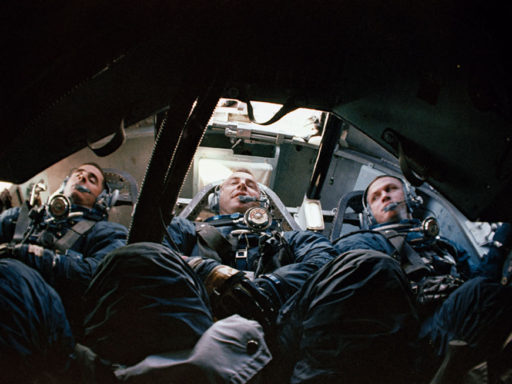
Did you know that astronauts on Apollo missions were issued with tape recorders and could listen to music in space? Jenny Rowan explores the technology (and the crew’s musical choices).

Did you know that astronauts on Apollo missions were issued with tape recorders and could listen to music in space? Jenny Rowan explores the technology (and the crew’s musical choices).

Moving holograms, like those seen in Star Wars: A New Hope, are finally a reality—and, amazingly, they are made using ultrasound. Cara Homes looks at how the technology works.
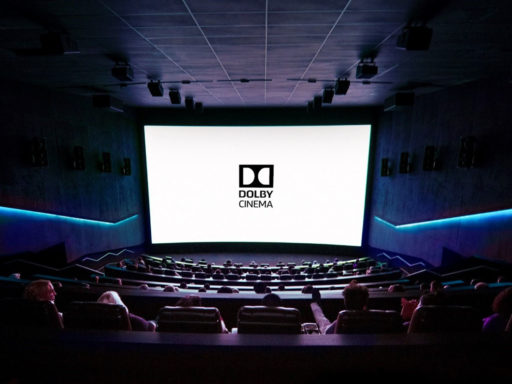
How did we get from the era of silent films to the stereo surround sound of today’s cinemas? Ewan Grainger takes a whistle-stop tour of the history of sound in film.
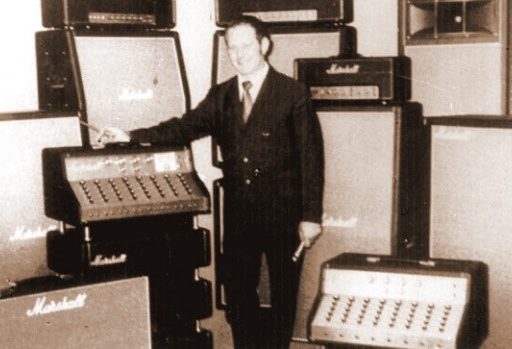
Nicknamed the ‘Father of Loud’, Jim Marshall was a pioneer of the rock ’n’ roll scene in Britain and beyond. To mark the anniversary of his birthday, Harriet Terrington writes about his life and groundbreaking inventions.
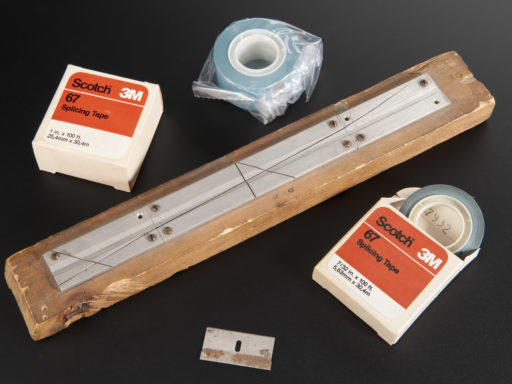
It’s no joke—1 April is the anniversary of the BBC’s Radiophonic Workshop, so we’re looking into its early history through some of the objects in the BBC Heritage Collection. Get ready for a (swannee) whistle-stop tour…
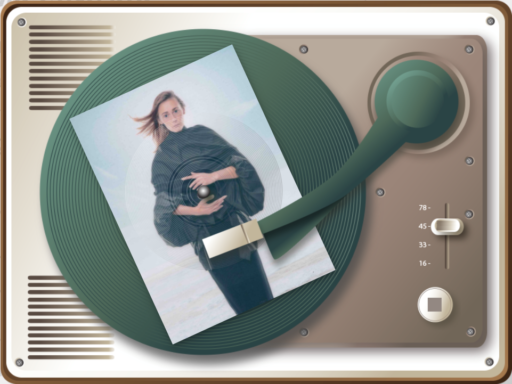
Laurence Cliffe writes about how the design of analogue music equipment influenced the online interactive experiments in our Sonic Futures project.
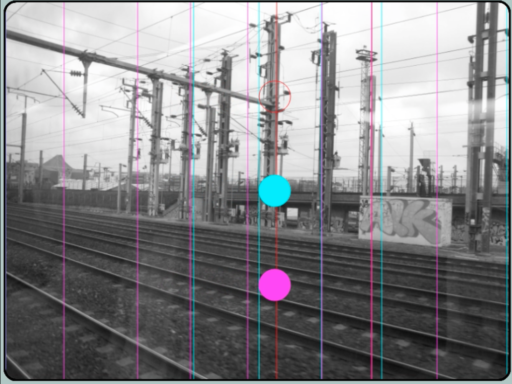
Caro C writes about the development of a new online exhibit, Photophonic, and how the BBC Radiophonic Workshop provided inspiration.
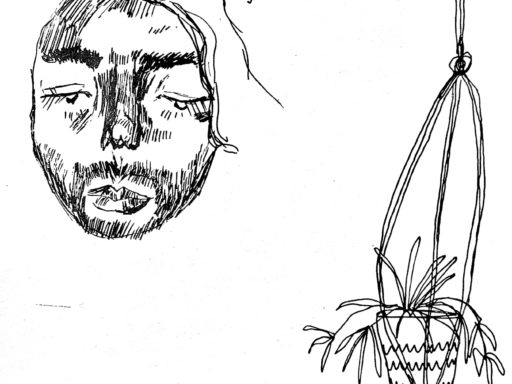
Lucy Rose Cunningham writes about her experience of working on the Sound Postcards project.
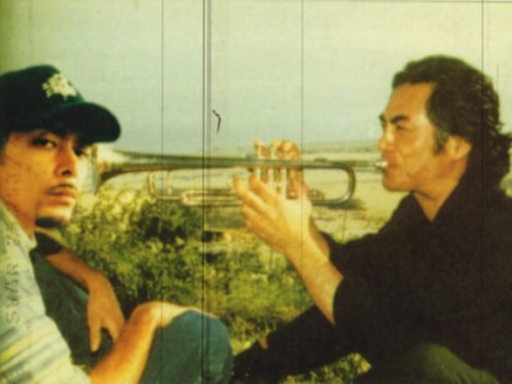
Shi Blank explains the difference between reverb and echo, and how the latter is used in trip hop music to help create a hypnotic effect.
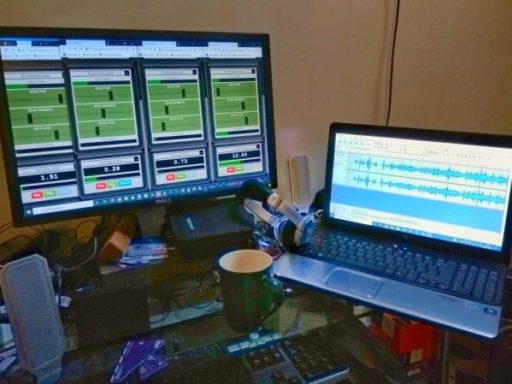
An exploration of the links between pop music, art and musician Nina Richards’ Echo Machine project, which is now available to everyone as an interactive online experiment.
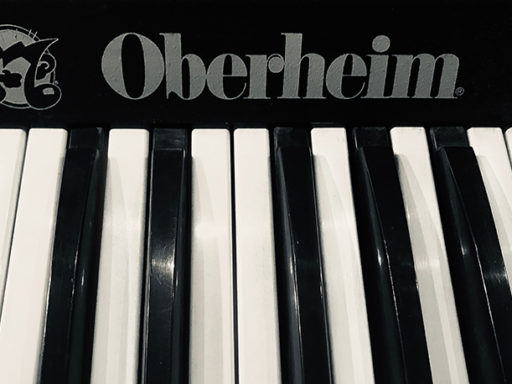
What do Queen, Depeche Mode and The Police have in common with Miles Davis and the soundtrack of The Terminator? The answer is in this playlist dedicated to one of the most iconic objects in our Sound Technologies collection: the Oberheim synthesizer.

A collaborative sound map, launched during the #SonicFriday project, collects lockdown sounds from the UK and beyond and shows how people have reacted to them. And it’s still open to new contributions—read on and discover how to join in!